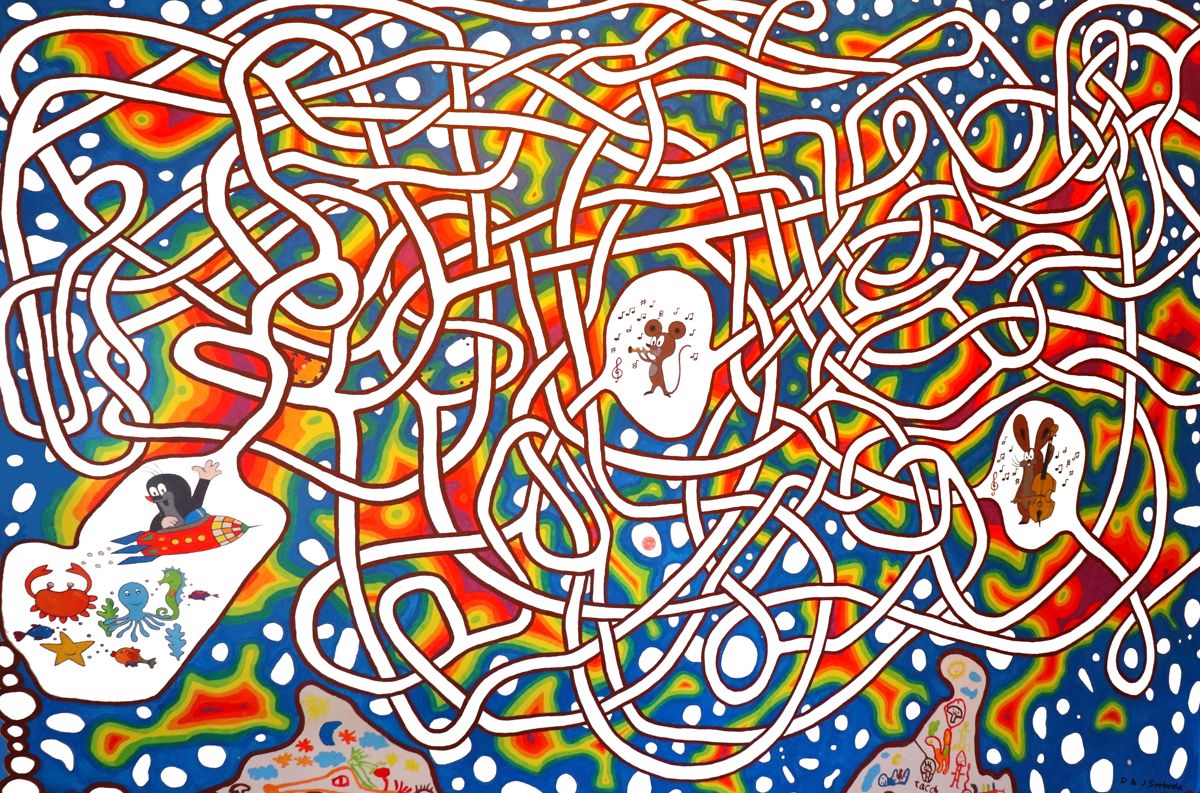The Therapeutic Use of Mazes: A Practical Guide for Clinicians
Mazes, whether drawn on paper, traced with a finger, or physically walked, are simple yet versatile tools for therapeutic practice. They are accessible, low-cost, and adaptable across ages and clinical settings. Mazes can be used both as structured puzzles and as expressive art forms, offering therapists a medium through which clients can explore problem-solving, emotional regulation, and symbolic meaning.
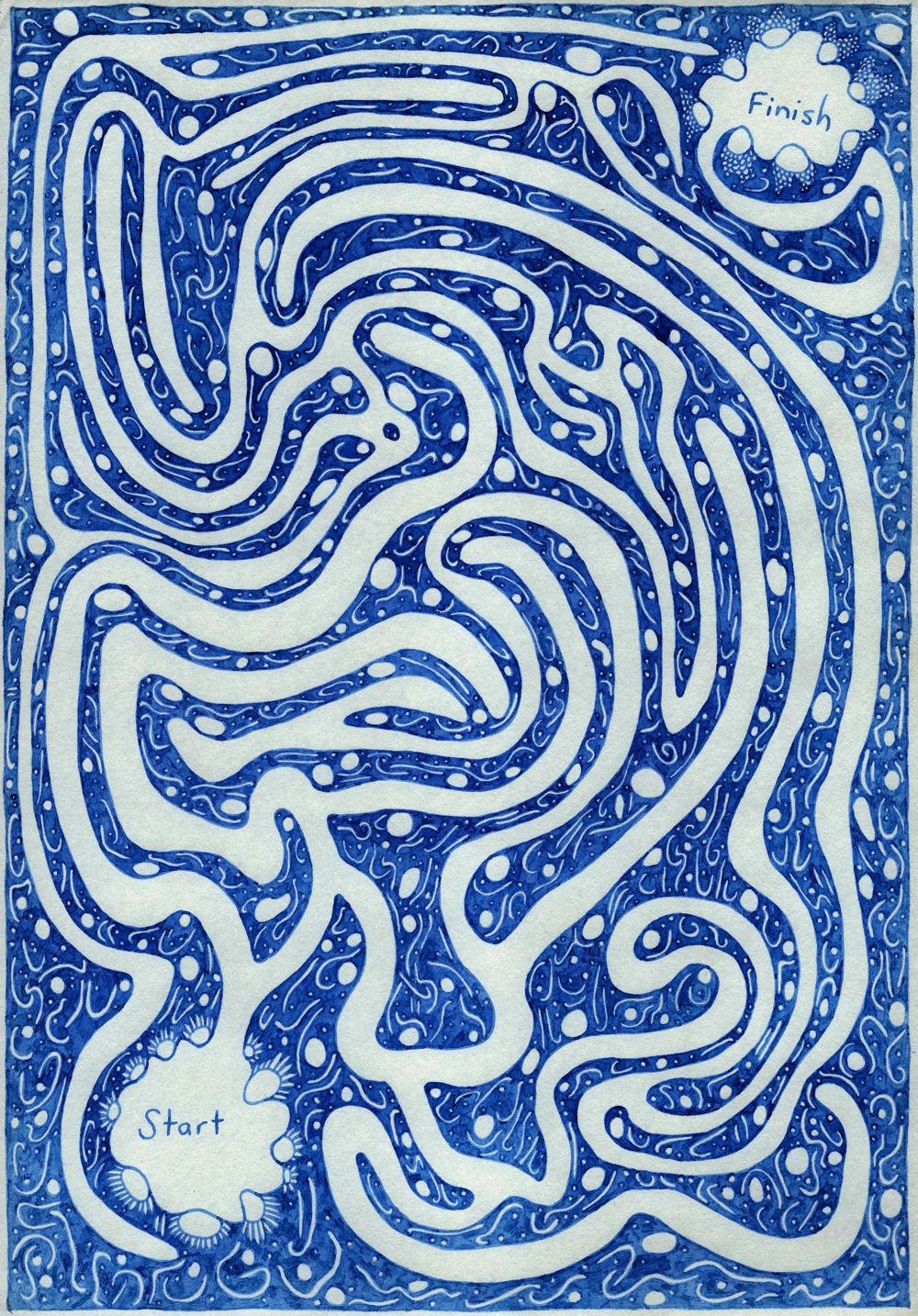
1. Why Mazes Work in Therapy
- Containment and safety: The maze provides clear boundaries, creating a contained environment where exploration feels manageable.
- Symbolic journey: Many clients resonate with the metaphor of “finding a way through” difficulties, making mazes especially useful for work with transitions, uncertainty, or recovery.
- Engagement: Mazes are playful, accessible, and non-threatening, lowering barriers to participation in therapy.
- Cognitive and emotional overlap: Solving or creating a maze requires attention, planning, and persistence, while also evoking feelings of frustration, satisfaction, or relief — all of which can be processed in session.
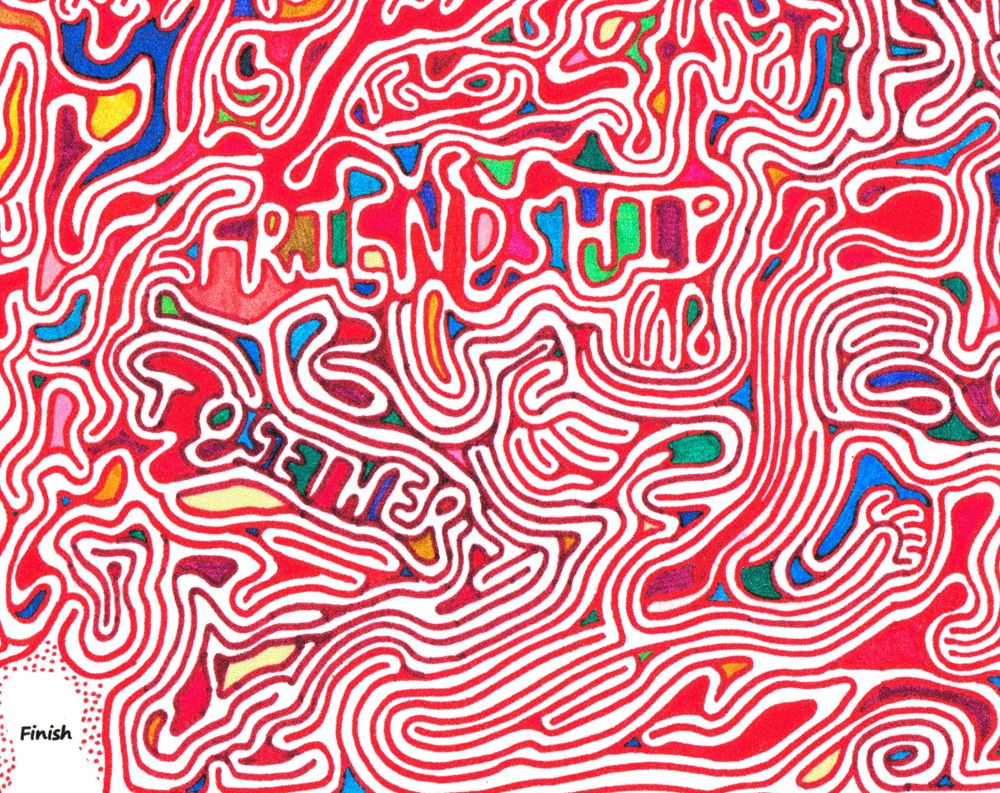
2. Clinical Applications
- Children’s Therapy
- Play therapy: Paper mazes help children engage in structured play while therapists observe frustration tolerance, problem-solving style, and self-regulation.
- Emotional expression: When asked to draw their own mazes, children may project internal struggles into symbolic barriers and pathways.
- Adolescents and Adults
- Mindfulness and stress reduction: Tracing or walking a labyrinth can slow breathing and induce calm. Clients often describe the process as meditative.
- Symbolic exploration: Adolescents may use self-designed mazes to represent themes of autonomy, blocked goals, or resilience.
- Narrative therapy: A maze can anchor discussions about “dead ends” in life and the strategies for finding new paths.
- Cognitive Rehabilitation
- Neurological conditions: Paper or digital mazes are used in stroke rehabilitation, dementia care, and brain injury therapy to strengthen visuospatial skills, attention, and executive functioning.
- Graded difficulty: Complexity can be adjusted to match client ability, offering a sense of mastery and gradual progress.
- Group Work
- Team-building: Collaborative maze-solving fosters communication, patience, and problem- solving within groups.
- Shared symbolism: Group labyrinth walks or collaborative maze drawings can promote a sense of collective journey.
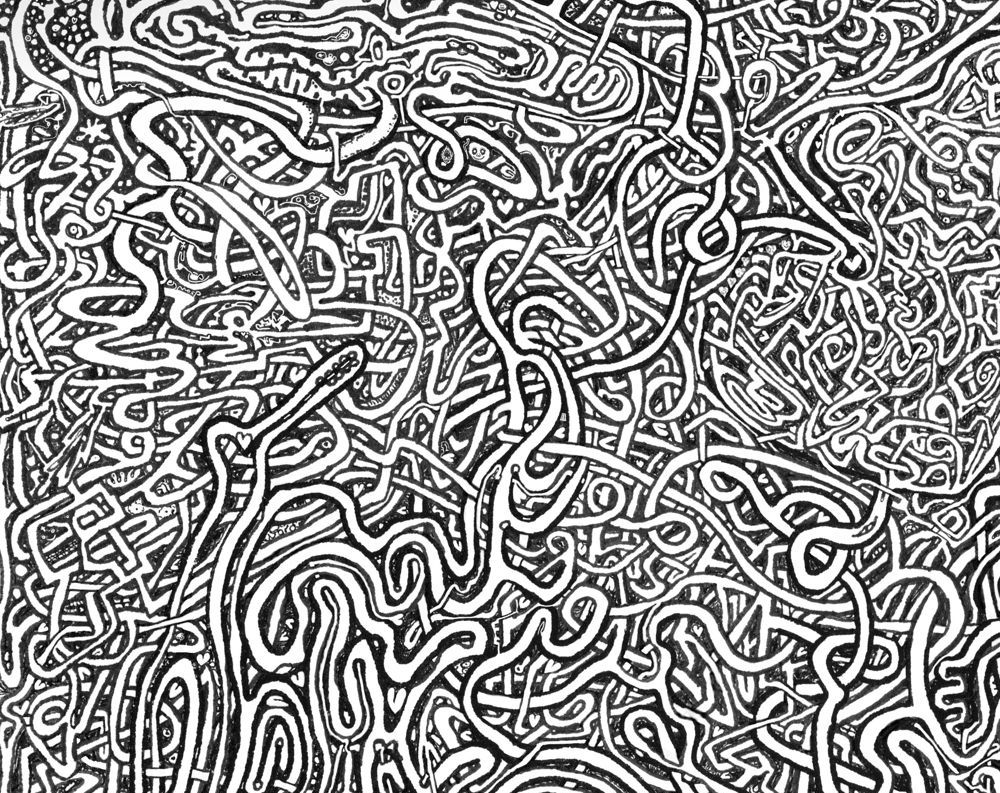
3. Practical Methods
- Paper Mazes
- Print or draw mazes of varying complexity.
- Encourage clients to reflect on feelings while working (e.g., “What do you notice when you hit a dead end?”).
- Use as warm-up activities or as metaphors in larger therapeutic conversations.
- Finger Labyrinths
- Clients trace a single path with their finger, often paired with deep breathing or a mantra.
- Useful for grounding, anxiety reduction, and pre-session settling.
- Walking Labyrinths
- Found in gardens, therapy centers, and some hospitals.
- Walking a labyrinth can serve as moving meditation, grief work, or spiritual reflection.
- Maze Creation as Expressive Art
- Invite clients to design a maze on paper.
- Explore symbolic aspects: barriers, openings, centers, and exits.
- Encourage reflection on whether the maze feels solvable, endless, or protective.
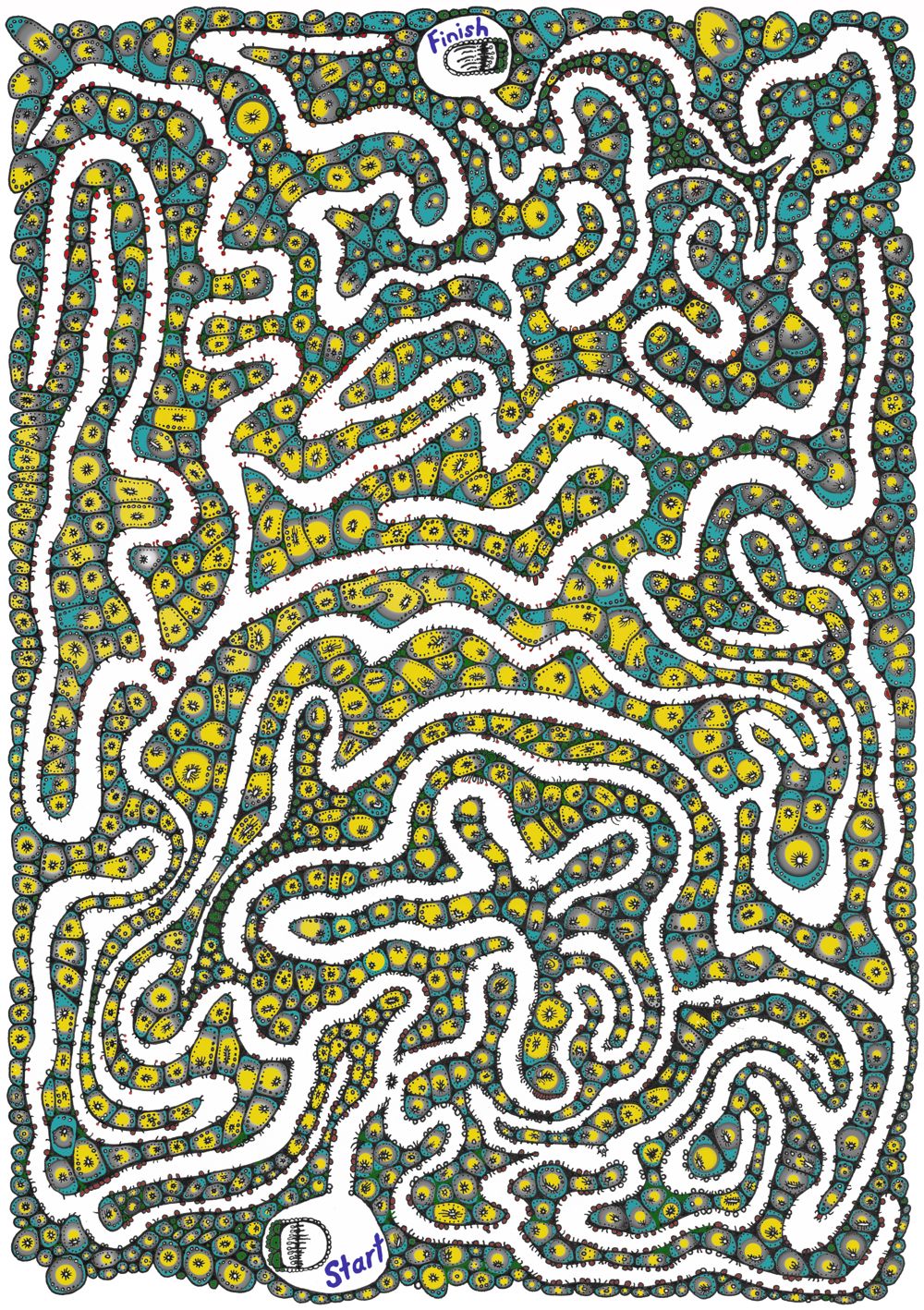
4. What to Observe as a Therapist
- Problem-solving style: Methodical, impulsive, hesitant?
- Tolerance for frustration: Do they give up quickly, persist, or seek help?
- Emotional expression: Is the maze approached with curiosity, anxiety, or resistance?
- Symbolic themes: In self-created mazes, look for repeating motifs such as traps, walls, or expansive pathways.
5. Benefits for Clients
- Encourages focus, patience, and persistence.
- Provides non-verbal expression, helpful for children or clients with limited verbal ability.
- Offers a calming and meditative activity that can be continued outside therapy.
- Creates opportunities for symbolic exploration without requiring abstract verbal discussion.
- Supports cognitive rehabilitation goals in a playful and motivating way.
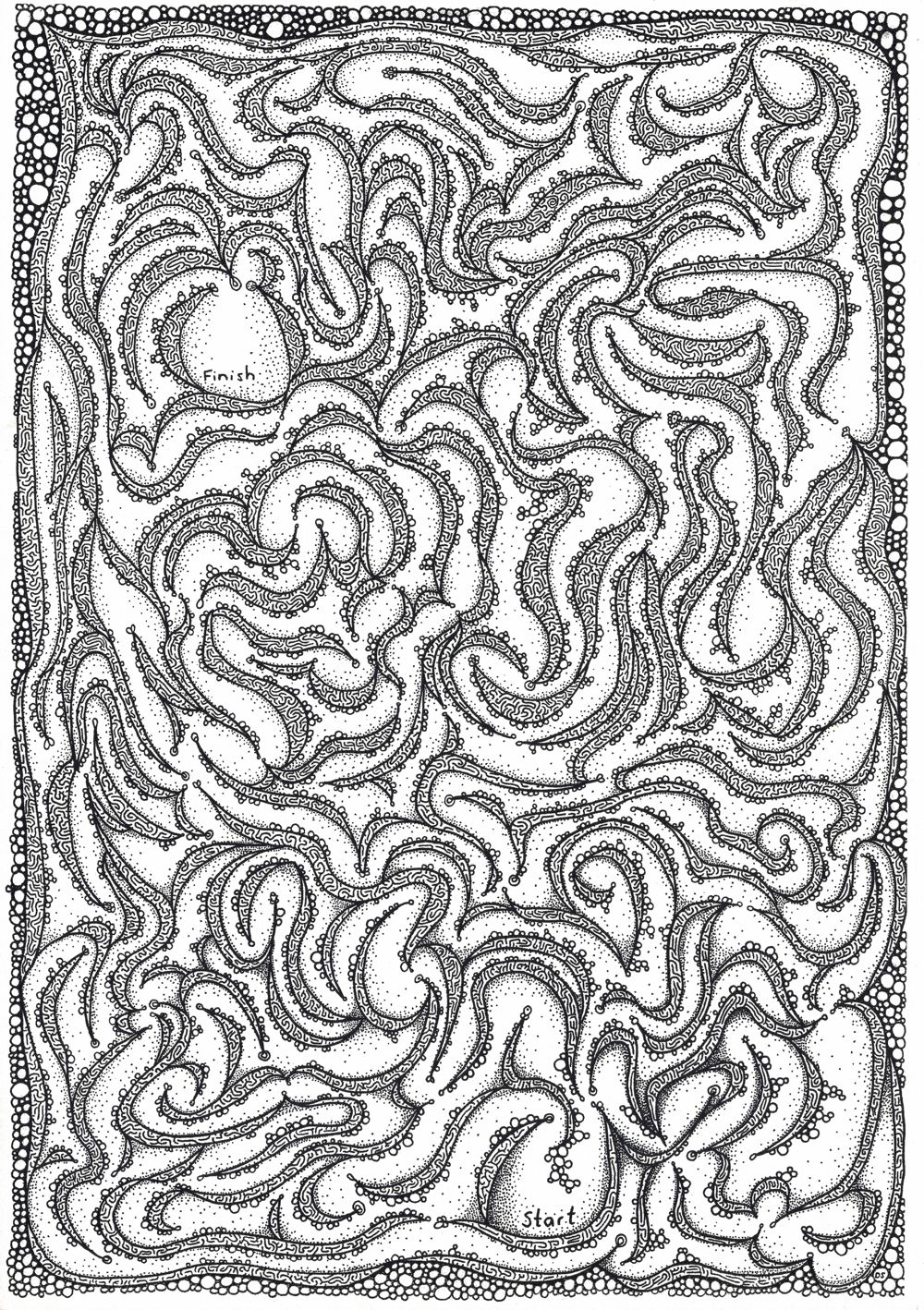
Mazes are deceptively simple yet powerful therapeutic tools. They provide both playful engagement and deep symbolic potential, making them suitable across developmental stages and therapeutic modalities.
By adapting mazes to fit the needs of individual clients — whether through puzzles, labyrinths, or creative drawing — therapists can foster emotional expression, resilience, and problem-solving in a contained and approachable format.
